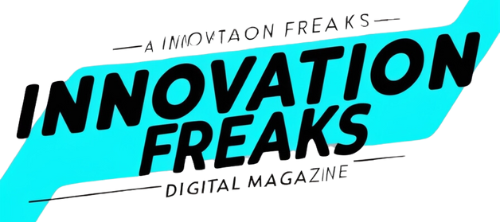The Internet of Things (IoT) is paving new paths for innovation, particularly in environmental conservation. By integrating smart technologies with natural ecosystems, we can monitor, protect, and rejuvenate environments more efficiently than ever before.
IoT’s Role in Sustainable Resource Management
The implementation of IoT technology in resource management is revolutionizing how we interact with our environment. Sensors attached to water bodies and forests can provide real-time data on pollution levels, water quality, and biodiversity. By leveraging IoT devices, conservationists can promptly address issues of waste management and resource depletion. This data not only empowers local communities but also aids policymakers in creating informed environmental laws and regulations.
Real-Time Monitoring and Data Collection
IoT enables extensive monitoring capabilities that were previously unattainable. Through a vast network of connected devices, organizations can collect crucial environmental data, such as atmospheric conditions, soil moisture levels, and species movements. This exhaustive surveillance facilitates a pulsating relationship with nature, allowing for swift interventions when needed. These technologies also bolster data-sharing systems among various stakeholders, amplifying the impact of conservation efforts.
Enhancing Wildlife Conservation Efforts
Innovations in IoT are profoundly influencing wildlife conservation. Smart collars equipped with GPS trackers enable researchers to monitor endangered species without disturbing their habitats. The data collected helps in understanding migratory patterns, breeding seasons, and habitat usage. Furthermore, using IoT-enabled cameras allows organizations to conduct wildlife surveys effectively, significantly improving the success rate of conservation programs aimed at endangered species.
Community Involvement Through Technology
One significant aspect of IoT in environmental conservation is its ability to engage local communities. Through mobile apps, residents can report environmental issues directly, thus promoting citizen participation in conservation efforts. These tools foster a sense of responsibility towards the environment and allow for community-driven initiatives. Collaborative projects built on IoT technologies can also lead to innovative solutions for local issues, demonstrating the potential of collective human action.
The Future of Smart Cities and Environmental Sustainability
IoT is the backbone of developing smart cities that prioritize environmental sustainability. Urban environments are increasingly leveraging smart technologies for energy efficiency, waste management, and pollution reduction. By integrating IoT into city planning, we can enhance the quality of life, reduce carbon footprints, and ensure that urban spaces remain conducive to both human and wildlife habitation. The ongoing challenge is ensuring that technology advances align with sustainable practices, fostering a greener urban future.
Challenges and Ethical Considerations
While the benefits of IoT in environmental conservation are substantial, challenges remain. Issues concerning data privacy, the digital divide, and the unauthorized use of technology need addressing. Ethical considerations must also guide the deployment of these technologies to ensure that they serve all communities fairly and equitably. Collaboration among governments, tech companies, and conservationists is vital in shaping the future of IoT in a manner that prioritizes ethical standards alongside innovation.
Disclaimer: The content provided in this article is for informational purposes only and should not be considered as professional or expert advice.





















